
Design That Feels: The Psychology of Colors in Design
Chosen theme: The Psychology of Colors in Design. Step into a world where hues nudge decisions, palettes tell stories, and every shade carries emotional weight. Stay with us, share your color moments, and subscribe for fresh, human-centered insights.
Why Color Shapes Decisions
Warm colors like red and orange tend to stimulate urgency and appetite, while cool blues and greens calm, reassure, and steady the pulse. Use warmth to spark action, coolness to build trust, and ask readers which feeling your product needs most.
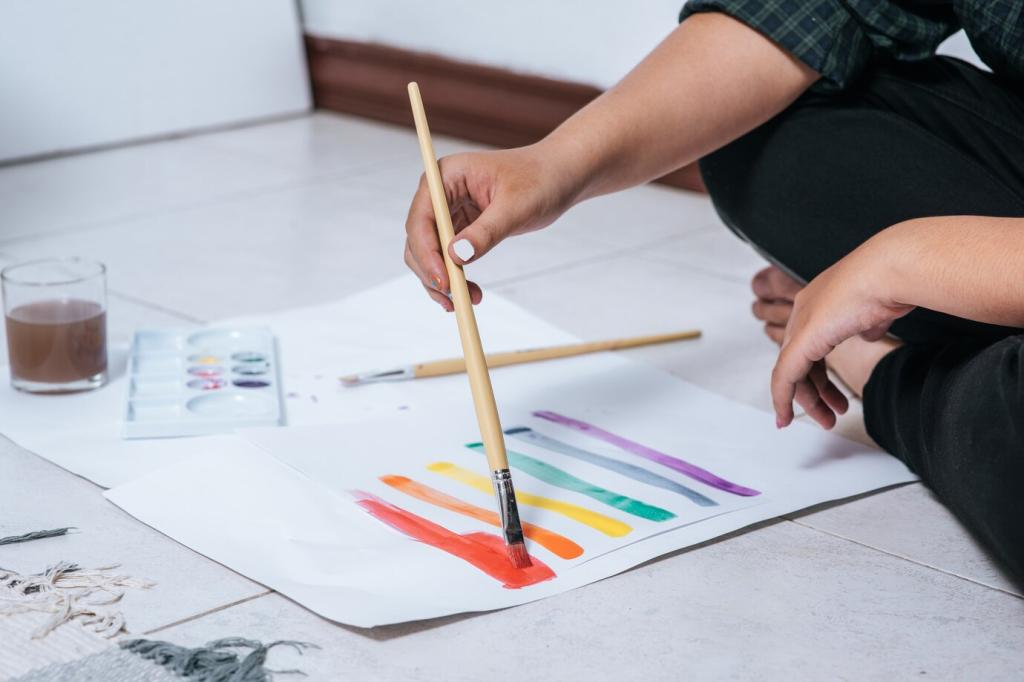
Culture and Context Change Color Meanings
Global Meanings, Local Expectations
White can suggest purity in some regions and mourning in others; red may signal danger or celebration. Map meanings to markets before scaling. Comment with a color meaning from your culture that surprised your team during localization.
Industry Context: Health, Finance, and Tech
Healthcare often leans into greens and blues for cleanliness and calm; finance pairs blue with stability and responsibility; tech mixes bold neons with neutrals for innovation. Tell us which industry you design for and the color cues you rely on.
Seasonality, Trends, and Nostalgia
Seasons shift expectations—earthy fall palettes feel grounded, spring pastels promise renewal. Trend palettes can lift relevance, but nostalgia can anchor familiarity. What seasonal tweak could refresh your interface without betraying your brand?
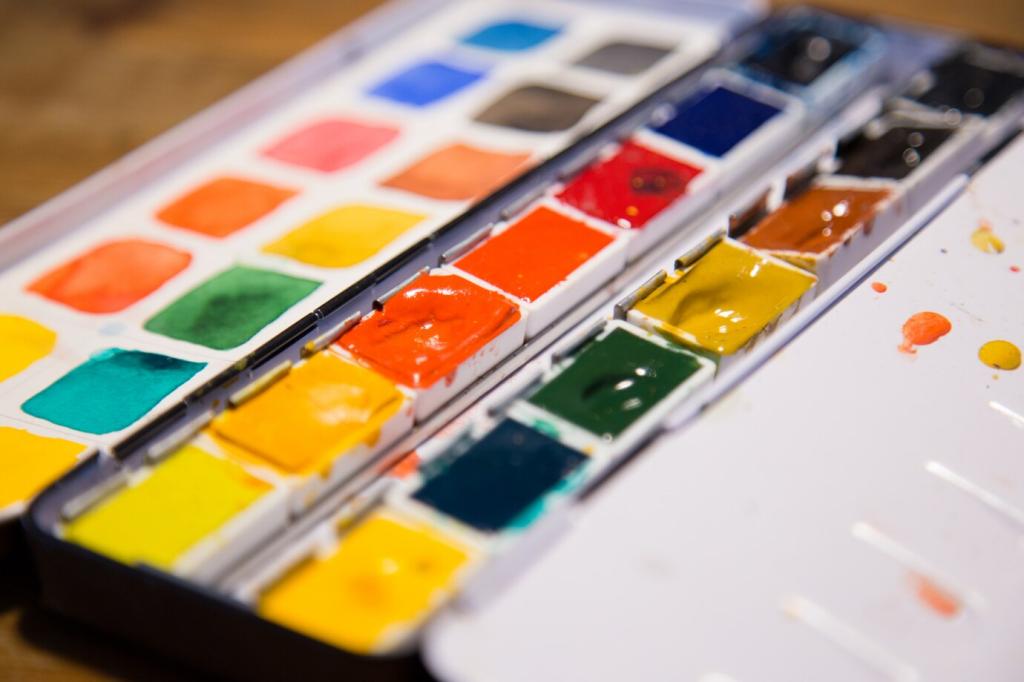
Brand Identity Through Color Strategy
Pick a hue aligned with brand personality, audience needs, and competitive whitespace. Audit competitors to avoid confusion, then stress-test in dark and light contexts. Share your brand’s core hue and the emotion you want it to evoke instantly.
Buttons, CTAs, and Micro-Decisions
A distinct CTA hue boosts scannability when it contrasts clearly with neutrals and secondary actions. Avoid using the same color for multiple priorities. Share your A/B results—did a cooler CTA outperform a warmer one for your audience?
States, Feedback, and Clarity
Success, warning, and error colors should be culturally intuitive and readable under stress. Pair color with icons and text for redundancy. Tell us how you differentiate passive alerts from urgent blockers without overwhelming users.
Light Mode, Dark Mode, and Mood
Dark mode shifts perceived saturation and glow, often amplifying neons and muting pastels. Adjust tokens rather than inverting blindly. Which mode drives longer sessions in your product? Comment with metrics and we’ll feature standout examples.
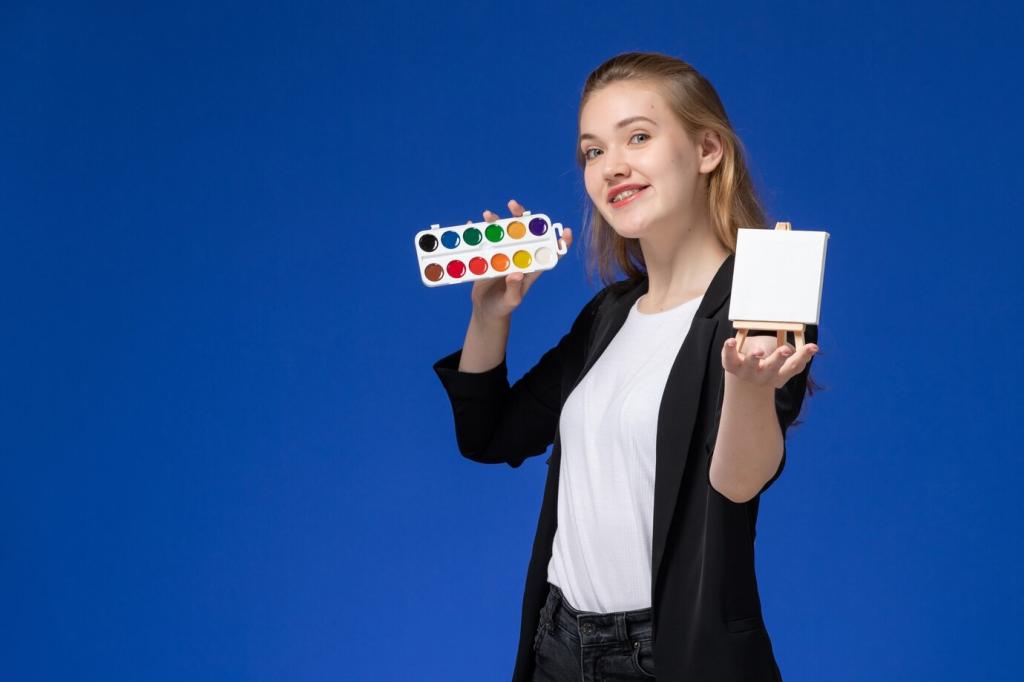

Contrast Ratios That Welcome Everyone
Aim for WCAG-compliant contrast, especially for body text and interactive elements. Test in real devices under glare and low brightness. Share your favorite contrast checker and how you balance brand vibrancy with readability.
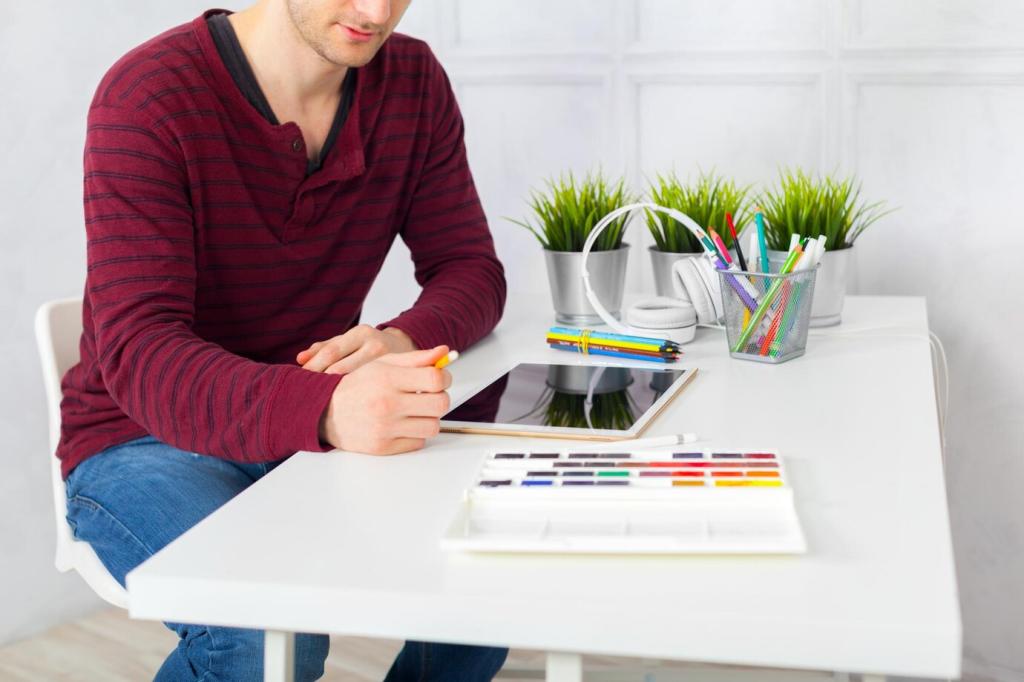
Designing for Color Vision Deficiency
Never rely on color alone. Combine hue with shape, pattern, or motion. Simulate deuteranopia, protanopia, and tritanopia to validate choices. Post a screenshot of your legend redesign that made complex charts instantly understandable.
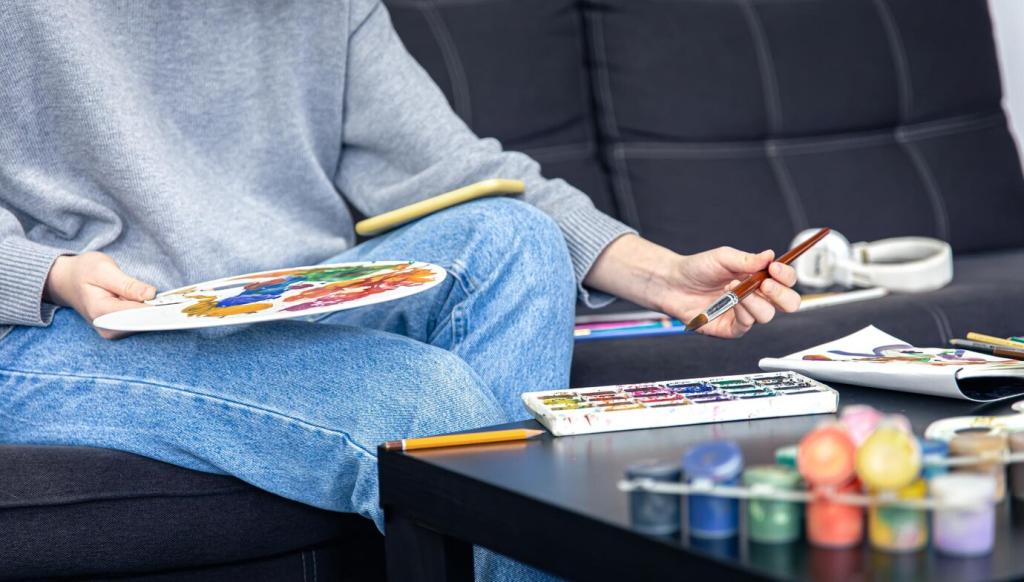
Inclusive Testing and Empathy in Practice
Invite diverse participants, including older adults and users with low vision, to feedback sessions. Observe real tasks, not hypothetical opinions. Subscribe for our upcoming testing scripts tailored to color-critical flows and state-heavy interfaces.
Stories, Experiments, and Measurable Wins
A team swapped a calm teal CTA for a vivid red to increase urgency. Clicks rose, but cancellations spiked due to perceived pushiness. They landed on coral, preserving urgency without anxiety. What trade-offs have you navigated?

